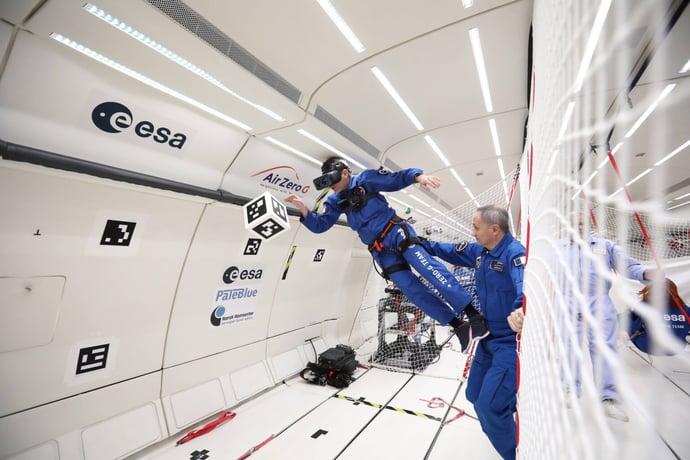Solution: A Mixed Reality Simulator for Immersive Exploration
Limosa partnered with Quatum3D to create a cutting-edge simulator that brings their aircraft concept to life like never before. Their goal was to demonstrate the viability of XR for providing a compact, low-cost solution for eVTOL research, marketing, and training.
Using Quantum3D’s advanced mixed reality simulation technology and Varjo’s headset, this portable solution allows Limosa to showcase their aircraft to stakeholders anywhere in the world, providing them with a true-to-life sense of what the aircraft looks like and how it can be used.







